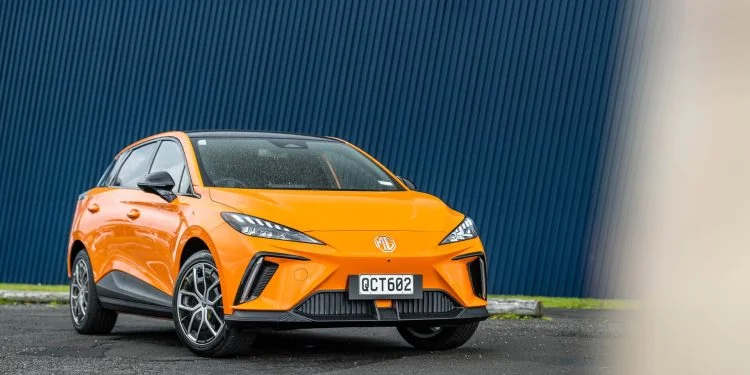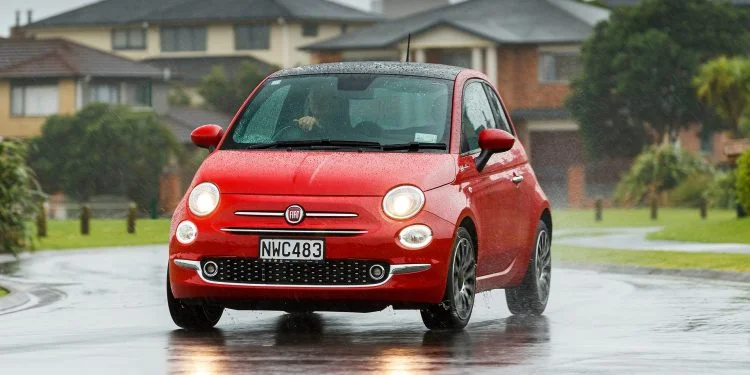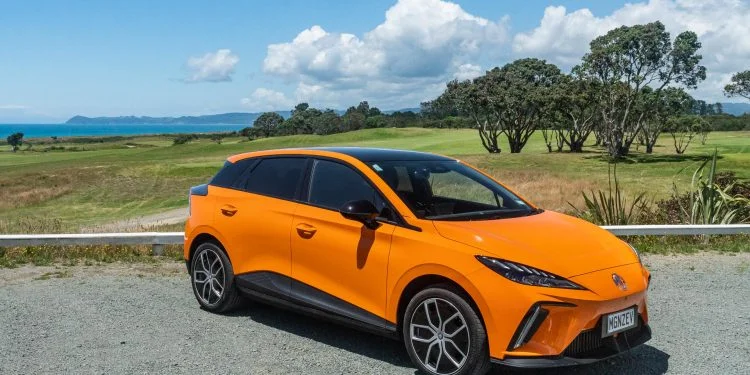2022 Fiat 500e Icon review
The Cinquecento seems to have nine lives, returning for the 2020s with battery power. We sample the first to arrive.

Peter Louisson
Senior Editor NZ Autocar magazine The background
What’s on offer?
What do they get then?
What’s it like?
How’s it drive?
Also consider



